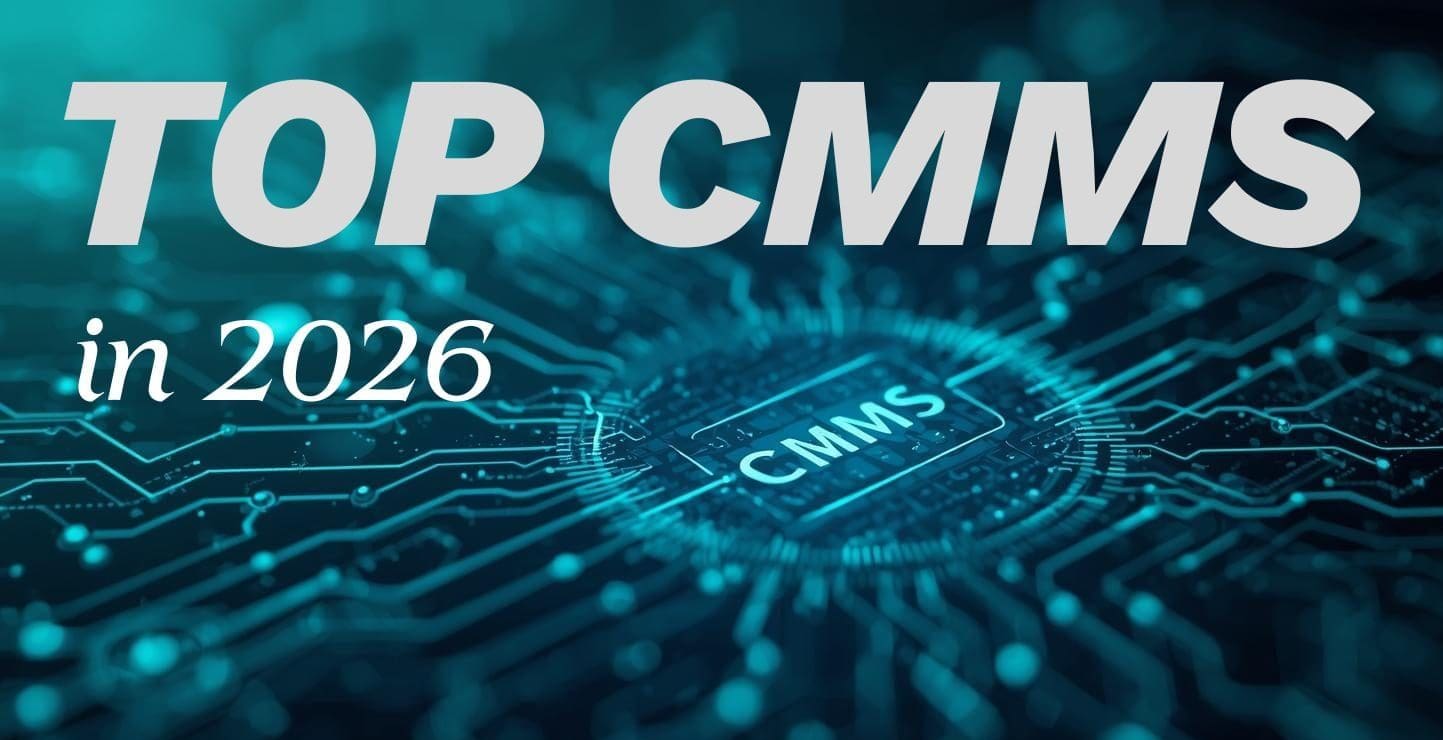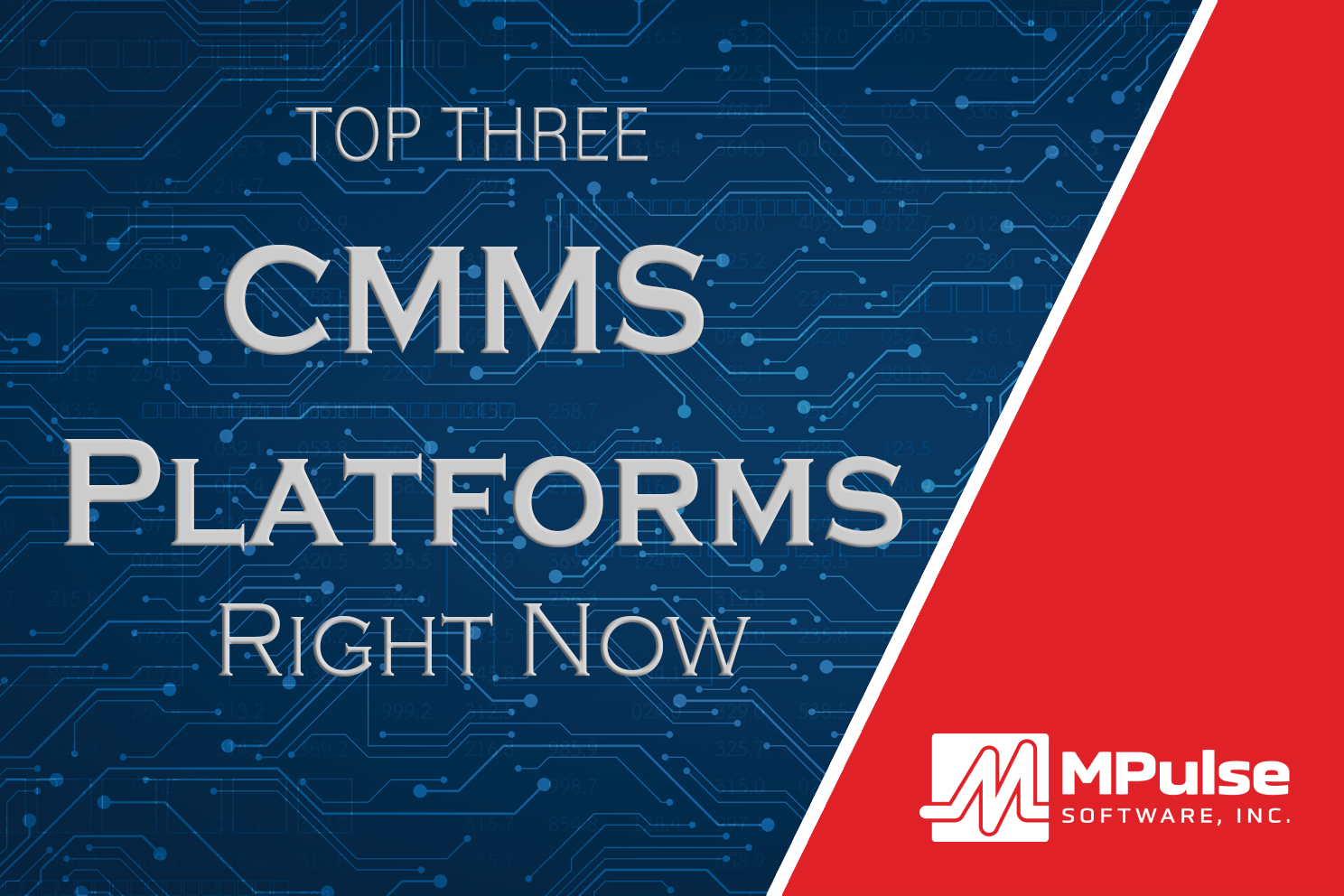In today’s fast-paced working environments, you need to keep your equipment and facilities in top working condition. Implementing real-time monitoring with CMMS can help.
Unexpected failures can lead to costly repairs, lost productivity, and even safety hazards. CMMS with real-time monitoring capabilities changes the game for maintenance in every industry. Here’s how.
Table of Contents
What is Real-Time Monitoring?
Real-time monitoring in CMMS involves the continuous tracking of equipment performance, condition, and maintenance needs using sensors, IoT technology, and automated alerts. Instead of relying solely on scheduled maintenance or reactive repairs, real-time monitoring enables organizations to predict and prevent failures before they happen.
Benefits
1. Proactive Maintenance: With real-time data, maintenance teams can identify early signs of equipment wear and address issues before they escalate, reducing unplanned downtime and costly emergency repairs.
2. Increased Equipment Lifespan: Regularly monitoring equipment conditions helps optimize maintenance schedules, ensuring assets operate at peak efficiency for longer periods.
3. Improved Workflows: Automated alerts and work order generation streamline maintenance tasks, ensuring that the right technician is assigned at the right time with the necessary resources.
4. Cost Savings: Predictive maintenance strategies powered by real-time monitoring help reduce unnecessary maintenance costs while preventing expensive breakdowns.
5. Enhanced Safety and Compliance: Real-time monitoring provides instant notifications of hazardous conditions, allowing teams to take immediate action to prevent accidents and maintain compliance with industry regulations.
How Real-Time Monitoring Works
A CMMS integrated with real-time monitoring uses sensors and IoT technology to collect data on parameters such as temperature, pressure, vibration, and energy consumption. This data is then transmitted to the CMMS platform. Your CMMS software analyzes the data, which is used to trigger alerts, generate work orders, and optimize maintenance schedules.
For example, if a vibration sensor detects abnormal activity in a motor, the CMMS can automatically generate a work order for inspection, preventing potential failure and costly repairs.
Implementing Real-Time Monitoring
To successfully implement real-time monitoring in CMMS, organizations should:
- Identify critical assets that would benefit from continuous monitoring.
- Integrate IoT sensors and smart devices with the CMMS platform.
- Train maintenance teams to interpret real-time data and act on alerts.
- Regularly review and improve maintenance tasks based on insights.
The Future of Maintenance
As technology advances, real-time monitoring with CMMS will continue to evolve, using AI and machine learning to enhance predictive analytics. Businesses that embrace these innovations will gain a competitive edge by reducing downtime, improving operations, and extending the life of their assets.
Real-time monitoring is more than just a trend—it’s a necessity for modern maintenance management. With real-time data, organizations can transition from reactive to proactive maintenance, improving reliability, safety, and cost-effectiveness in their operations.
Have questions? We have answers. Contact us.






